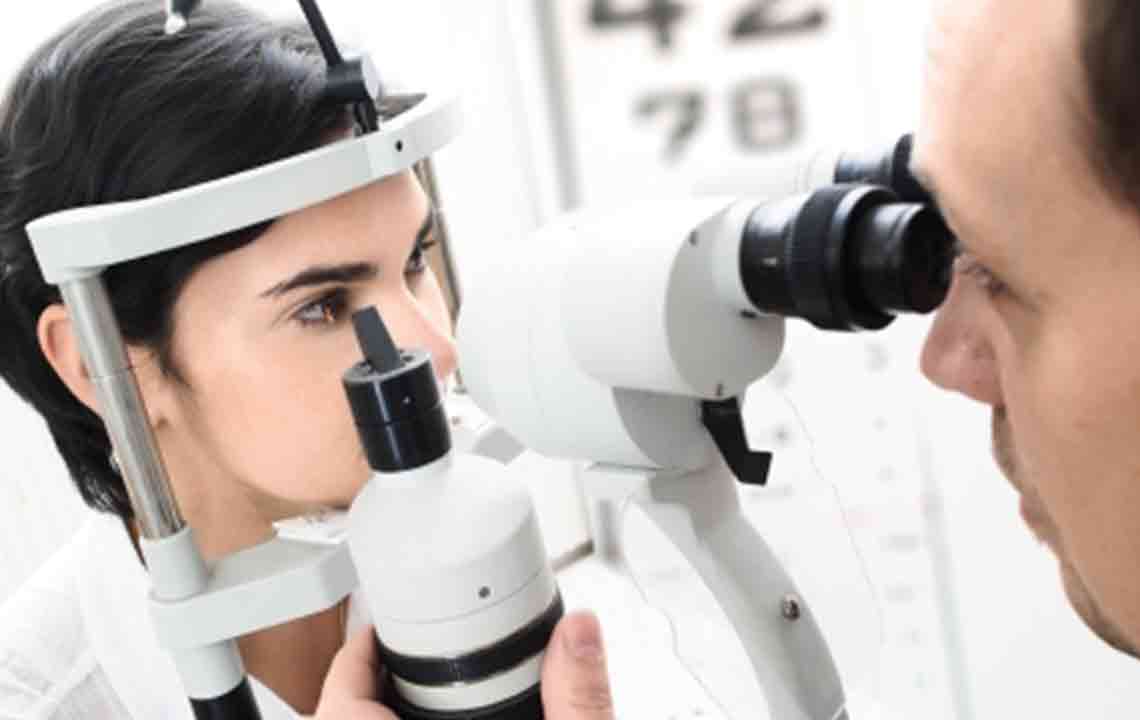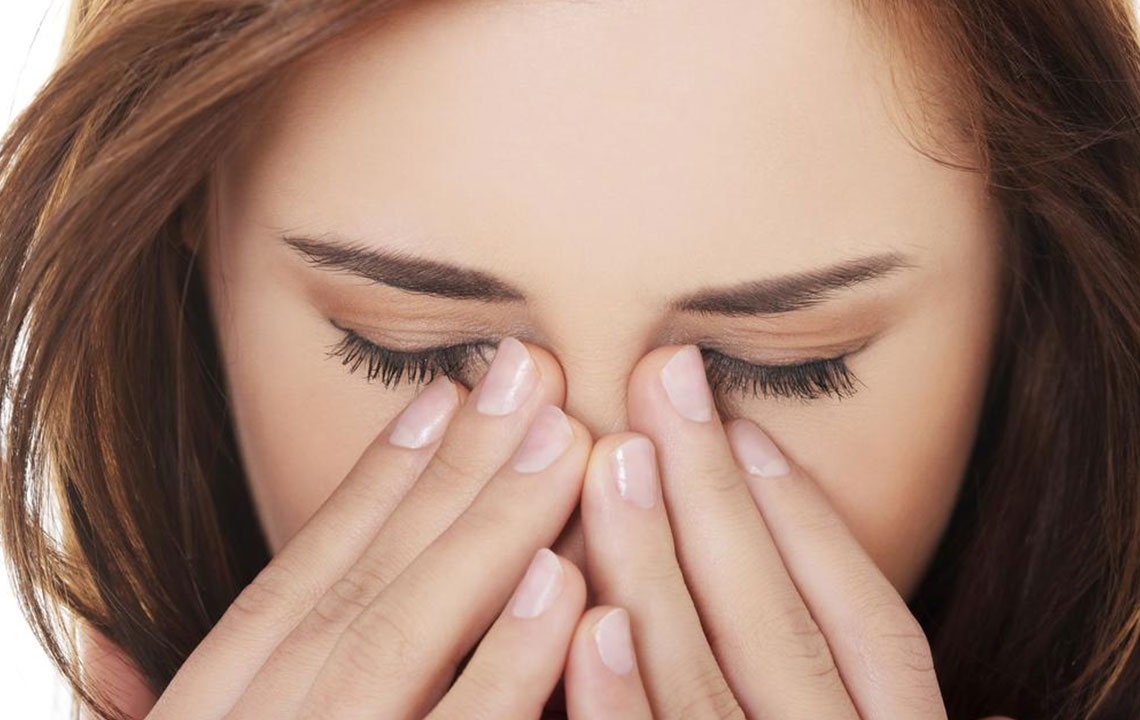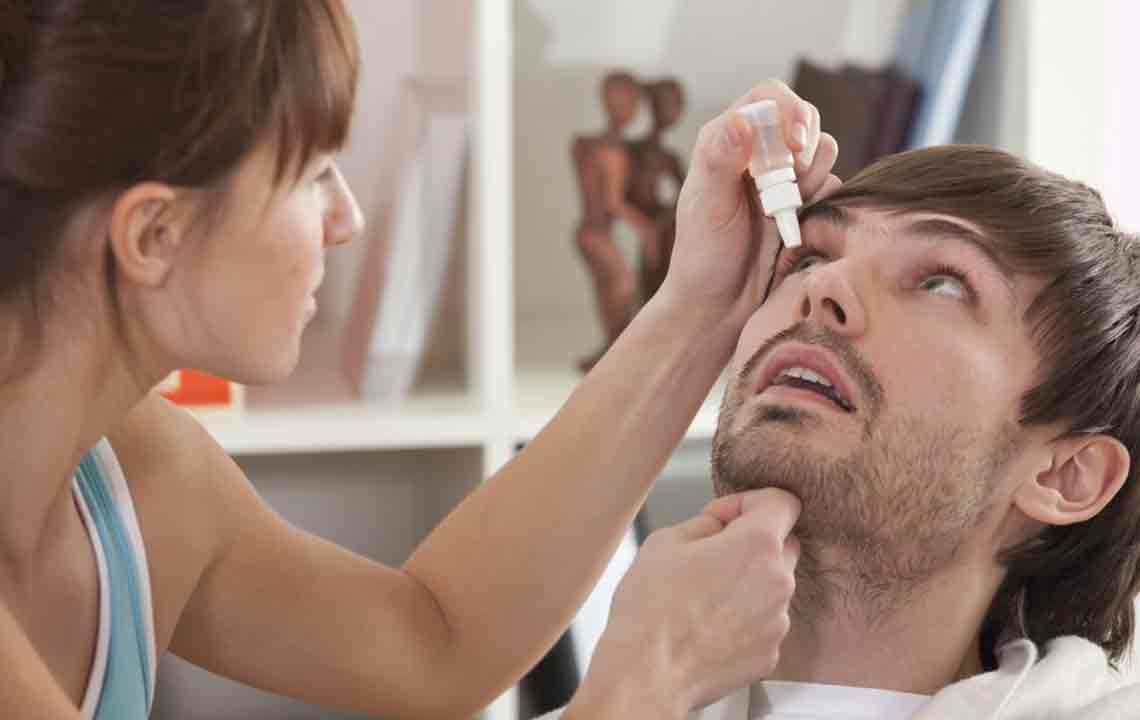Recognizing Symptoms of Dry Eye Syndrome
Dry eye syndrome, affecting millions, causes discomfort, redness, and blurred vision. Recognizing symptoms like burning, itching, and sensitivity is vital for early treatment. Factors such as age, screen use, hormonal changes, and environment contribute to the condition. Seek professional advice promptly to prevent long-term damage and ensure eye health.

Dry eye disease, medically known as keratoconjunctivitis sicca, is a widespread condition characterized by insufficient lubrication on the surface of the eye. This deficiency leads to irritation, swelling, and potential damage to the cornea and surrounding tissues. Recognizing the signs of dry eye early is crucial, as it is a common cause of frequent visits to eye specialists. Recent surveys reveal that nearly half of the adult population suffers from recurring eye discomfort, often linked to dry eye issues.
Studies estimate over 26 million Americans are affected, a number expected to grow to around 30 million soon. Older adults, especially those over 50, tend to experience more severe symptoms. Women, particularly post-menopause, are more prone to dry eye compared to men. Identifying the underlying causes and symptoms helps in early management and prevents long-term complications.
Key factors contributing to dry eye include prolonged screen time, contact lens use, aging, hormonal changes during menopause, indoor heating or air conditioning, outdoor environmental factors like wind and dry weather, frequent air travel, smoking, and certain health conditions such as diabetes and thyroid disorders. Some medications, including antidepressants and oral contraceptives, may also exacerbate dry eye symptoms.
Common symptoms consist of a persistent burning sensation, itching, eye fatigue, redness, light sensitivity, blurry vision, foreign body sensation, and reflex tearing. Ignoring these signs can lead to permanent damage to the ocular surface, so prompt attention and lifestyle adjustments are essential to maintain eye health and overall well-being.
Always consult an eye care professional if experiencing symptoms, as early intervention can prevent serious complications and improve quality of life.










